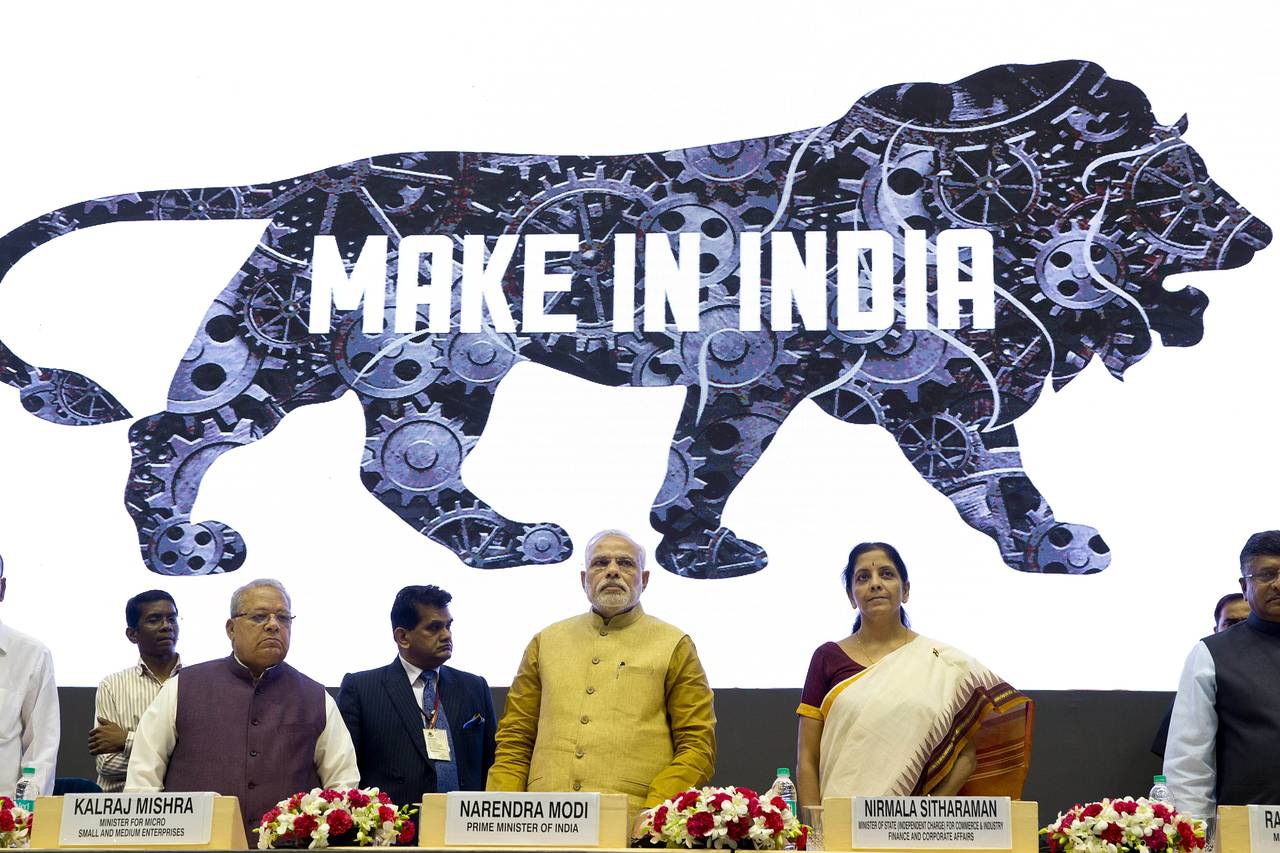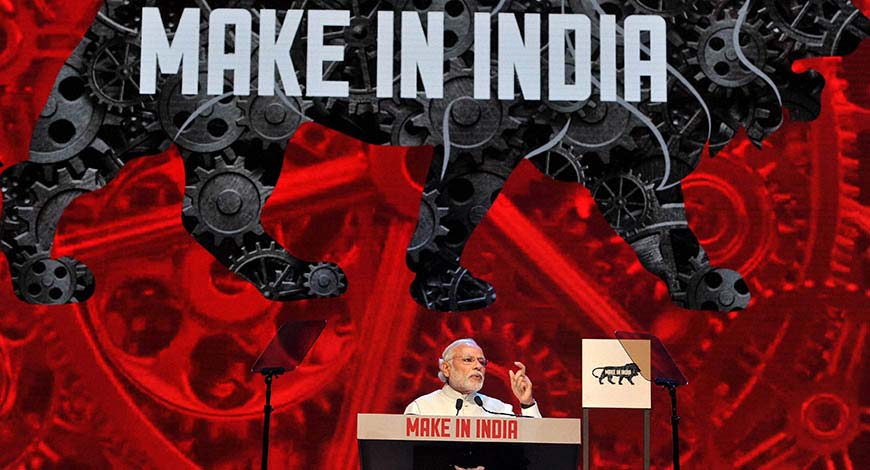Jobless growth means despite a higher rate of GDP. The employment growth goes down. The main reason is that the government expenditure on creation reduces after 1991 Because of the BOP crisis. The prospect of a jobless growth economy has aftermath for everyone. An economy that is growing without showing concomitant growth in the number of jobs challenges investors, employees, and industries to adapt to the new economic order. When growth is coupled with high unemployment, it means that the economy is experiencing structural changes. This structural shift offers opportunities for some, difficult choices for others. In a jobless growth economy, unemployment remains stubbornly high even as the economy grows. Such increases in investment in technology and automation, increased reliance on highly skilled labor, sectored inefficiencies, labor market rigidities behind India’s recent jobless growth. They warned that the rate of jobless growth could severely impact India’s economy which depends heavily on the middle-class population, engaged primarily in salaried jobs and entrepreneurship.

While GDP growth in India had been falling since the beginning of last year, the coronavirus shock in 2020 had an overwhelming impact on India’s economy and jobs. The pandemic and consequent lockdown laid bare the fragility of India’s formal job market, which has collapsed.
India’s employment rate is low compared to similar countries because fewer women hold jobs, this will require higher, but potentially feasible growth, but India needs to create over 13 million jobs every year to reach employment as high as other developing countries and growth alone will not be enough.
The situation has only worsened since, thanks to weak industrial growth, a struggling agriculture sector with widespread drought, cost rationalizations in several sectors, and the knock-on effect of a global slowdown. Also, traditionally labor-intensive industries are beginning to increasingly mechanize their operations. While it makes them more productive and profitable, it also shrinks job opportunities.
The government after coming to power in India had introduced several schemes to promote entrepreneurship in the country including the flagship ‘Make in India’. PM Modi had on many occasions encouraged India’s growing youth population to become entrepreneurs. While entrepreneurship did see a rise in India, it is not the kind that helps sustain economic growth, evident by the low job creation. Besides, most startups and entrepreneurs in India struggle to strengthen their base due to a host of challenges, according to a 2019 Observer Research Foundation study.

Make in India programs to start generating new employment opportunities in the next few months. The government hopes to create 100 million new jobs by 2022.
Though India has the edge of a young workforce, the quality of skills is still a challenge. Of the 14 million people that enter the workforce every year barely 2 million are formally trained. “A huge upgrade of the skilling infrastructure is an obvious requirement. In the immediate term, investing companies will have to plan appropriate hiring and quality induction and training to get to target impact levels.
Although through Make in India, the government has targeted to develop the economy of the country and the concept is highly innovative and beneficial for the country. But, considering some of the policies and schemes that couldn’t reach their destination, it can be a tough job for the ministers and the public to stick to the actions initiated by the government.
Some strict rules, discipline, and adherence to the policies can create a huge difference in the current situation of the country. All in all, everything depends on the steps that the government takes to turn this concept into reality and the coordination that the public shows to take India some steps ahead.

For deep details, you can read the full article. Click the link below :





